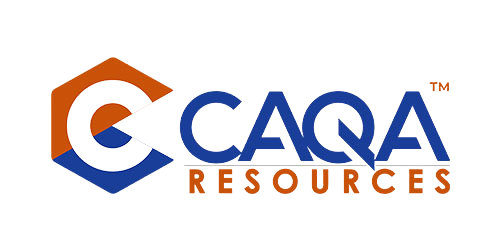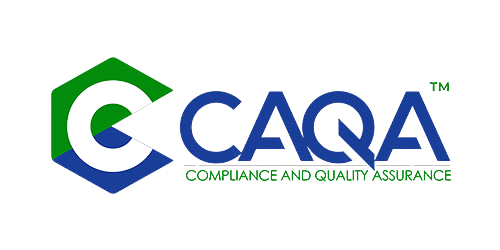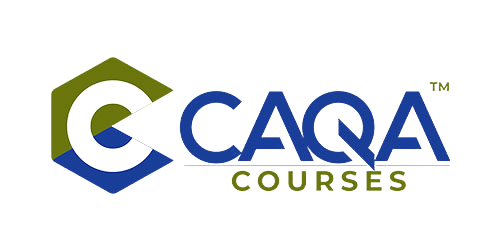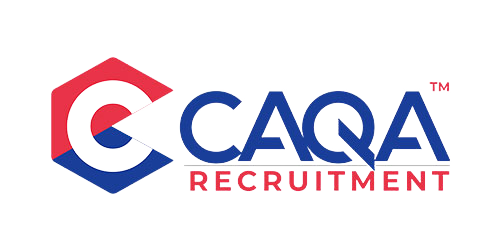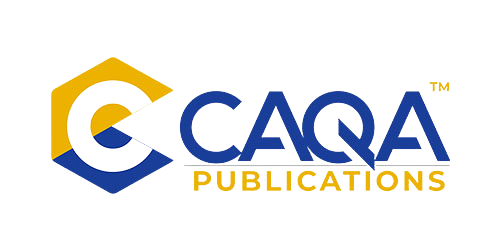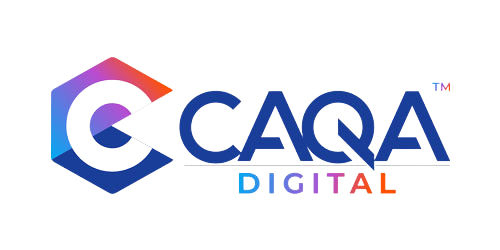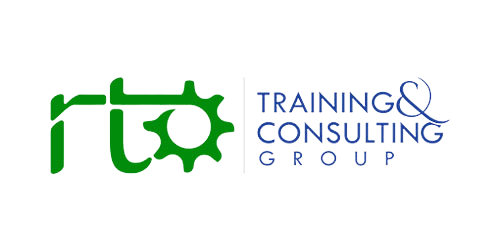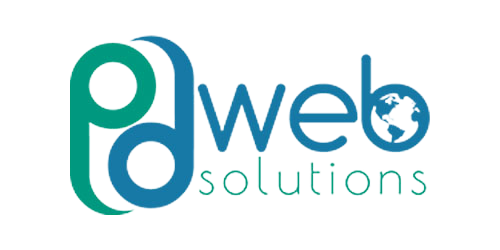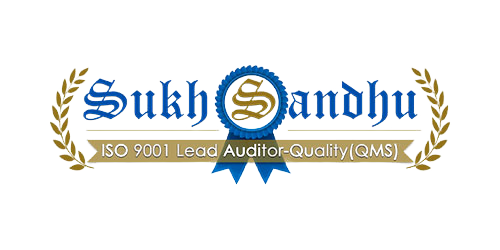Business planning is a vital component for any Registered Training Organisation (RTO) seeking to carve a niche in the educational landscape. It not only provides a roadmap for navigating the intricate terrain of the education sector but also acts as a strategic tool for identifying opportunities and mitigating challenges. A detailed business plan is akin to a ship's compass for an RTO, charting a clear course amidst the complex dynamics of the educational sector. It provides a holistic overview of the organisation's mission, goals, and strategies, enabling it to allocate resources wisely, set benchmarks, and track progress towards its objectives. Let's delve deeper into the importance of business planning and explore how it contributes to the growth and success of RTOs through practical examples and case studies.
Consider the example of a fictitious RTO, HealthEd. They specialise in providing vocational training within the healthcare sector. In the initial stages of their operations, they faced an uphill struggle to make their mark in the competitive educational industry. However, the development of a comprehensive business plan that detailed their operational model, projected financial performance, and strategies for student recruitment and industry engagement acted as a turning point. This plan provided HealthEd with a well-defined roadmap, leading to improved decision-making, enhanced organisational efficiency, and, ultimately, a stronger market position.
Another compelling example is that of a health-tech start-up, MedConnect, which ambitiously ventured into establishing their own training organisation. Recognising the need for a comprehensive healthcare training program, MedConnect diligently designed a solution to bridge the gap between healthcare providers and patients. However, they faced a twofold challenge: scaling their operations while simultaneously securing funding. To overcome these hurdles, they strategically devised a multifaceted approach centered around expanding their market reach. This entailed an extensive restructuring of existing processes, coupled with the creation of innovative customer touchpoints. The outcome of their resolute efforts was nothing short of remarkable - a remarkable surge in user engagement and substantial revenue growth that surpassed their initial expectations.
These examples demonstrate how a well-thought-out strategy can help businesses achieve their goals. By taking the time to evaluate current operations and trends within the industry, companies can identify areas of improvement and adjust their approach accordingly. This helps ensure that their efforts are focused on activities that will produce meaningful results and contribute towards long-term success.
The Significance of a Clear Direction
For Registered Training Organisations (RTOs), a meticulously crafted business plan serves as a reliable compass, providing steady guidance towards the achievement of defined goals. This comprehensive document empowers leaders to develop, articulate, and share a crystal-clear vision and mission, thereby offering a sense of direction to both staff and students.
With well-defined objectives firmly in place, business owners and managers can effortlessly align the collective efforts of their teams, effectively propelling them towards the attainment of strategic goals. By establishing a succinct roadmap, the organisation stays on track, ensuring that valuable resources and efforts are not wasted on unproductive paths. Moreover, the business plan offers an invaluable framework for decision-making, empowering leaders to make informed choices and select strategies that directly contribute to the realisation of the organisation's vision.
Business Planning: The Strategic Advantage
Aside from acting as a guide, a business plan serves as a robust strategic tool. It allows RTOs to scrutinise their internal and external environments, enabling them to pinpoint their strengths and weaknesses while also identifying opportunities for growth and potential threats. This exercise, often known as a SWOT analysis, is a crucial component of strategic planning, informing decision-making and promoting proactive problem-solving.
To illustrate, let's look at the case of TechTrain, an RTO focusing on Information Technology (IT) training. Through a detailed SWOT analysis, TechTrain realised that while it had a strong curriculum and experienced trainers (Strengths), it was not well-known outside its local area (Weakness). The rising demand for IT professionals in the job market presented a significant opportunity, while the increasing number of online training providers posed a potential threat. Using these insights, TechTrain could devise strategies to leverage its strengths, address its weaknesses, capitalise on opportunities, and mitigate threats, ultimately enhancing its competitiveness and market standing.
Mapping the Course:
Understanding the Importance of Business Planning
A comprehensive business plan serves as the compass for an RTO. It outlines the organisation's vision, mission, goals, and strategies, providing a clear sense of direction. This plan becomes an operational blueprint, allowing the organisation to chart its course, allocate resources effectively, and measure progress towards its goals.
For instance, let's consider the case of RTO X. When it first commenced operations, it struggled to gain traction in the competitive educational sector. However, once they developed a thorough business plan detailing their unique value proposition and strategic objectives, they could focus their efforts more effectively. Within a year, they experienced significant growth in enrolment numbers and revenue, illustrating the importance of a well-articulated business plan.
Business Planning as a Facilitator for Communication and Stakeholder Engagement
A comprehensive business plan is not just an internal document for the management team. It is also a potent tool for communicating the organisation's mission, strategies, and goals to various stakeholders, including employees, students, industry partners, and potential investors. This communication aligns all stakeholders towards a common objective, fostering a spirit of collaboration and improving overall performance.
Take a hypothetical RTO, SkillBuild. They used their business plan to communicate the organisation's strategic direction and goals to their staff. This clarity motivated employees and resulted in a more cohesive, productive work environment. SkillBuild also used the plan to attract potential investors, demonstrating their unique value proposition, long-term vision, and the profitability of their operations.
Harnessing Strategic Insights through SWOT Analysis
Beyond setting a strategic direction, a well-structured business plan also entails a comprehensive analysis of the RTO's internal and external environment. Conducting a SWOT (Strengths, Weaknesses, Opportunities, and Threats) analysis enables the organisation to understand and leverage its core competencies while identifying areas for improvement.
Consider RTO Y. After conducting a SWOT analysis, they identified that their strong industry connections (a key strength) offered them unique opportunities for developing industry-specific courses. However, they also realised a weakness in their digital learning capabilities, which could become a threat given the increasing demand for online education. With these insights, RTO Y could strategically address their weaknesses and capitalise on their strengths, leading to improved competitiveness.
The Communicative Power of a Business Plan
Effective communication is the cornerstone of stakeholder engagement. By defining and conveying the RTO's vision, mission, goals, and strategies, a business plan aligns all stakeholders – employees, students, industry partners, and potential investors – towards a common objective. This alignment engenders a collaborative culture, enhancing the organisation's overall performance.
A real-world example of this can be seen with RTO Z. They proactively shared their business plan with all stakeholders, fostering a sense of shared purpose and enhancing stakeholder engagement. As a result, RTO Z observed improved staff productivity, increased student enrolments, and stronger industry partnerships.
Securing Funding with a Robust Business Plan
Potential funders – be it banks, investors, or government bodies – are more likely to support an RTO when presented with a robust business plan. Such a plan demonstrates the RTO's feasibility and profitability, thus instilling confidence in potential funders.
Take the example of RTO A, which successfully secured a significant grant from a government body. This was largely attributed to their comprehensive business plan, which effectively communicated their vision, sustainability, and potential for positive impact on the sector.
Business Planning as a Catalyst for Innovation
Business planning is not a static task, but a dynamic process requiring regular revisions and updates. It necessitates RTOs to anticipate changes, adapt to evolving market demands, and explore innovative strategies to stay ahead of the curve. This forward-thinking approach stimulates innovation and agility, equipping RTOs to continually evolve and grow.
An example of this approach can be seen in GreenEd, an RTO specialising in sustainable agriculture training. Recognising the dynamic nature of their industry, they regularly updated their business plan to reflect changing market trends, technological advancements, and policy shifts. This proactive approach enabled them to introduce innovative courses and teaching methodologies, making them a leading RTO in their field.
Consider RTO B, which regularly revisited and updated its business plan. This practice allowed them to quickly pivot to online learning when the COVID-19 pandemic necessitated such a shift, illustrating the value of a forward-looking approach.
Securing Future Success through Strategic Business Planning
In conclusion, a business plan is more than just a document; it is a strategic roadmap that can drive an RTO's success. A well-thought-out plan provides clear direction, delivers strategic insights, fosters communication, and drives innovation. In an ever-evolving and competitive educational sector, effective business planning can spell the difference between survival and thriving.
In our final example, let's consider an RTO that climbed the ranks to become an industry leader, thanks to a comprehensive business plan: BrightFutures. This RTO specialises in business and leadership training. They used their business plan to align their operations with market trends, identify and address gaps in their service provision, and foster strong relationships with industry stakeholders. Their strategic approach to business planning played a pivotal role in their journey to success, demonstrating the transformative power of effective planning.
In conclusion, let us summarise the key points and wrap up our discussion.
In an ever-evolving educational landscape, the importance of an effective business plan cannot be overstated. As demonstrated through the above examples and case studies, business planning can serve as a strategic tool for guiding growth, securing funding, fostering innovation, and facilitating communication within RTOs. In essence, a robust business plan can make the difference between merely surviving and truly thriving in the competitive education sector.









